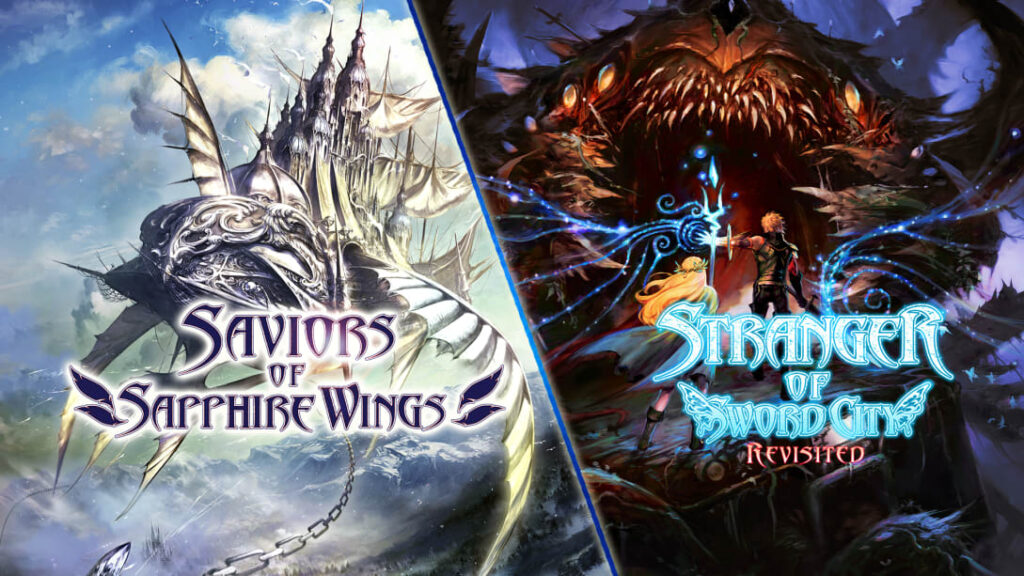
Whew! That’s a mouthful of a title!! NIS America is back with more 1st Person dungeon action in their latest release, Saviors of Sapphire Wings / Stranger of Sword City Revisited! But you’re not just getting one game here. As the title suggests, not only are we getting the newest game to be translated from Experience Inc., masters of the 1st person dungeon RPG genre, but also a remaster of Stranger of Sword City, originally released in English for the PC and the Playstation Vita in 2016! That’s right, two, two, TWO GAMES IN ONE! NOW HOW MUCH WOULD YOU PAY?!?
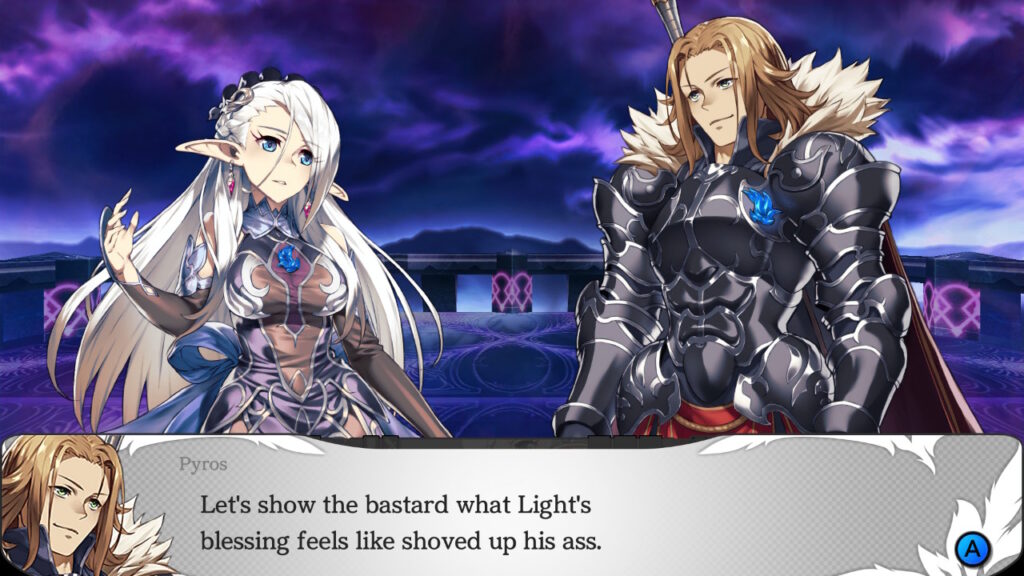
Seriously, this is one hell of a package. Two 1st person dungeon RPGs from masters of the genre, one remastered with a plethora of additional content. But what are you really getting? Let’s take a look at Saviors of Sapphire Wings first. In Saviors, you play Xeth, a knight who was defeated 100 years ago by an evil overlord who overcame your party of heroes with magic and slaughtered them, then went on to ravage the world. Fortunately for you, you have been reincarnated in order to fight again a hundred years after your death and the dying part is conveniently hazy. But building up your strength means banding together a new group of Knights of the Round to defeat your enemies, and this time there can be no allowing them to fall.
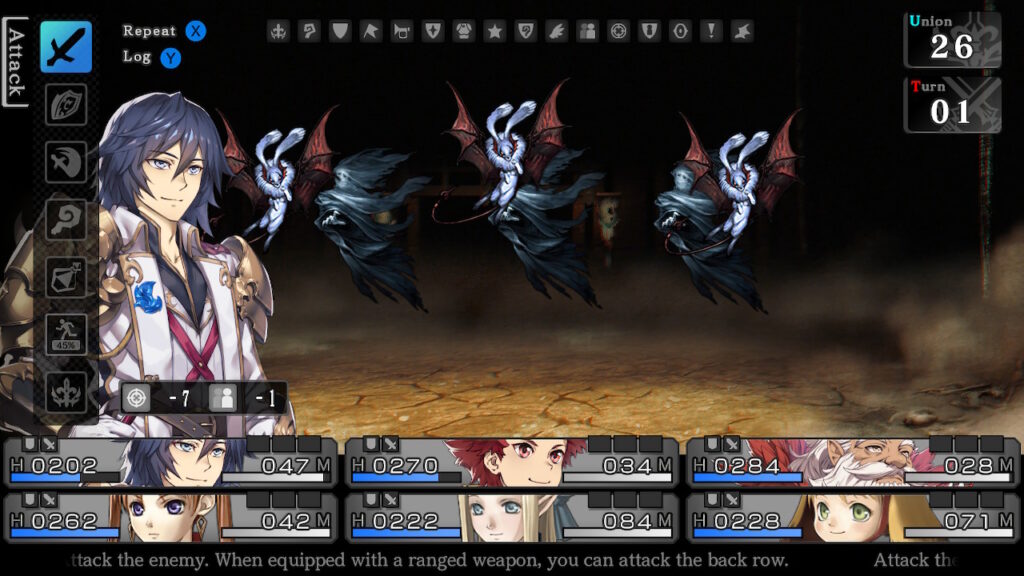
Saviors of Sapphire Wings starts out strong with a dramatic introduction and keeps powering through with a cohesive, interesting story, lively characters, and a wealth of 1st person dungeon RPG action. While following the standard basic design of 1st person JRPGs, there are some notable modifications to Saviors that really make it stand out. In addition to the utterly fantastic story that there will definitely be no spoilers for here, there’s a complex exploration system conveniently broken down into chunks. As with most games of this type, you move forward one square at a time, encountering random enemies as you go. As you explore, the game automatically maps where you’ve been, allowing you to see a map of the area at a touch of a button. Unlike virtually every other game in this genre though, in Saviors of Sapphire Wings, you can select a grid square anywhere on the map that you’ve visited and auto-travel there! Your characters move entirely on their own to the designated location, easing travel through twisting mazes of corridors, hallways, valleys and ruins, and saving you from a spectacular amount of memorization. You’ll still fight in random combat on the way here and there, but once combat is complete, you continue on your merry way automatically. It’s an absolutely fantastic design that’s extremely well-implemented.
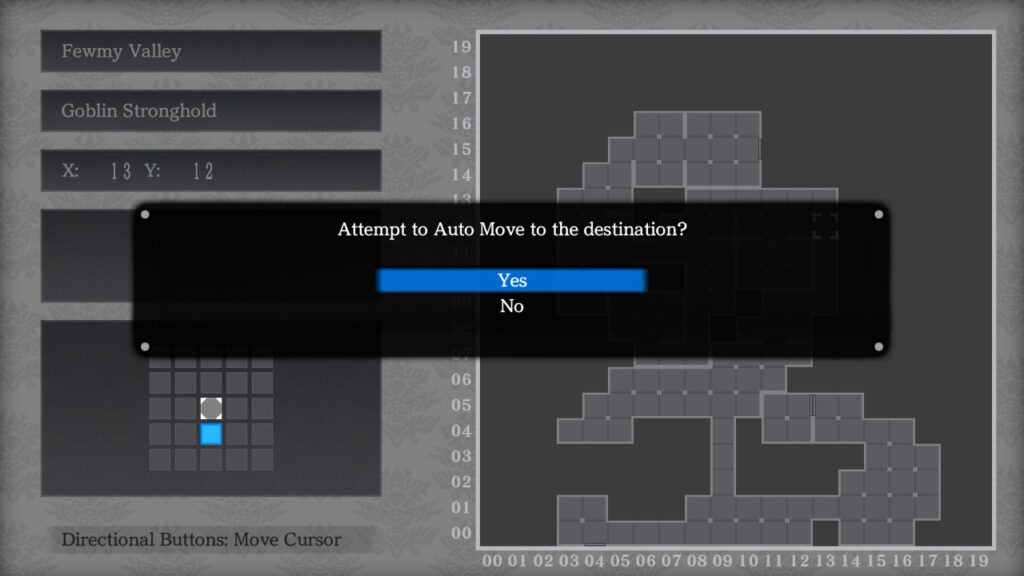
In addition to auto-travel, there are lots of neat little functions thrown into the RPG sections of the game. Each area has a certain number of traps. Bait these traps with food to attract monsters, then attack the trap points. You’ll fight stronger monsters and take control of the trap points, eventually controlling whole areas and often gaining yourself special items or weapons that were concealed by the monsters in the dungeon. Dungeons hide destructible walls, hidden traps, hidden treasure, and a wealth of other secrets and the maps are absolutely massive in Saviors of Sapphire Wings. Each new dungeon has new surprises to catch you off guard at every turn, keeping gameplay fresh and interesting.
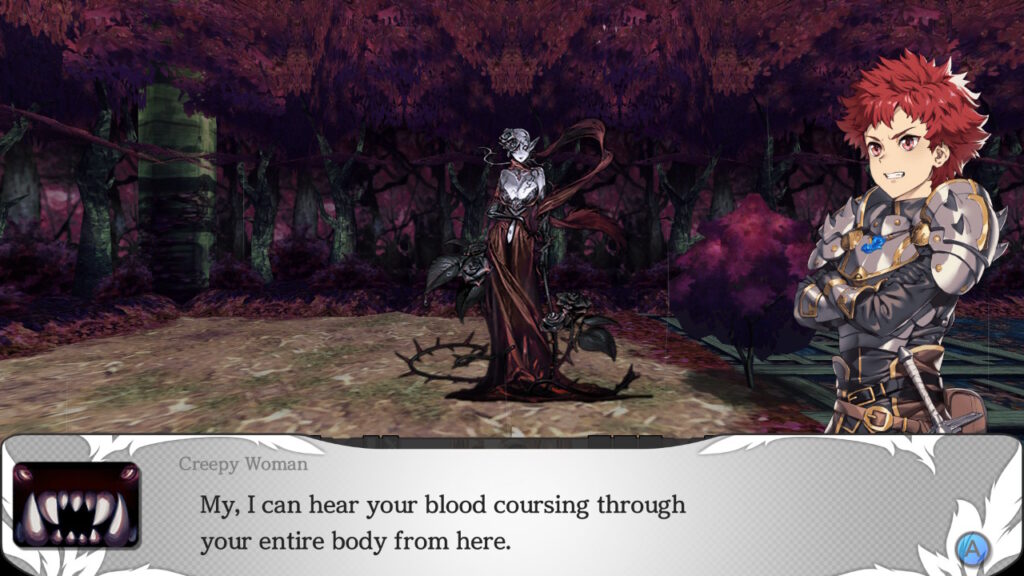
Combat holds a few delightful surprises as well. Chief among those is the Union Skill system. Xeth is creating a new gathering of the Knights of the Round to defeat the overlord. To do so however, he’ll have to win over the squires that join his cause. This means that how much your squires believe in you has a direct effect on the gameplay itself in the form of Union Points. As you gain the trust of your companions, this translates into a rise in Union Points that can be used for special skills during combat. Union Skills allow you to steal the initiative in combat, trap enemies so they can’t escape and steal treasure, dodge or block enemy attacks and a host of other useful functions. As your Union points rise you gain additional skills until your entire party of six is an unstoppable killing machine. It’s an excellent system that meshes well with the turn based combat.
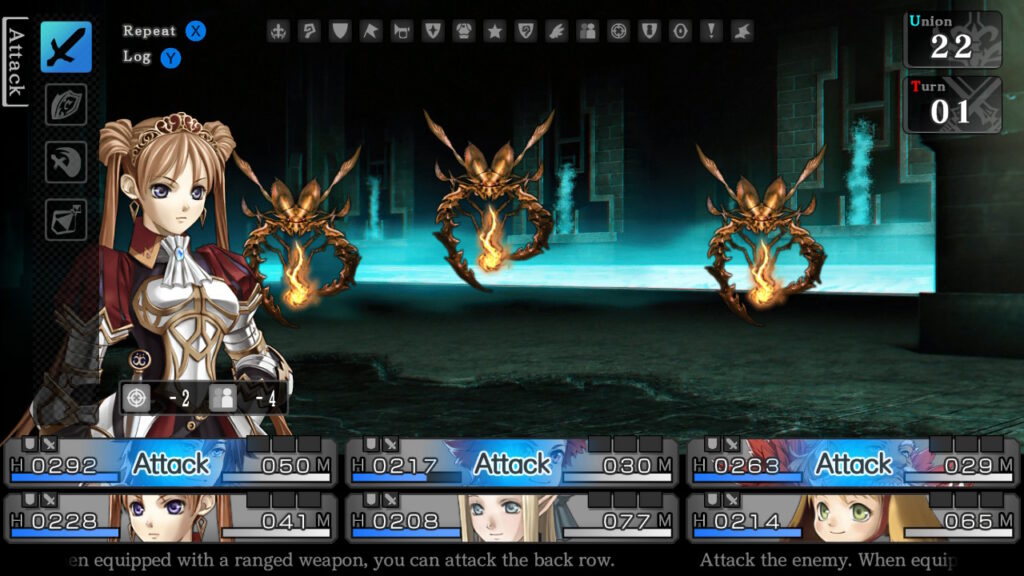
On top of the Union system, there’s an excellent fast combat system baked into Saviors as well. At the touch of a button, you can initiate fast attacks, skipping over all the tedious who hits who with what dialogue screens and interminable button presses that come along with standard style JRPG combat systems. Button press, fast attack, turn over, allowing you to blaze through combat with expedience and save your thumbs! As you’re simply repeating the actions of the last turn, this could have been problematic but there’s a backup button allowing you to change commands from the back end of the fast attack system from the last attacker back. This lets you change a few commands without having to reissue everything. Just leave your healers and wizards at the back and go to town! This streamlined format for combat meshes extremely well with the fast navigation system, really allowing you to blaze through dungeons and tightening up the game’s pacing admirably.
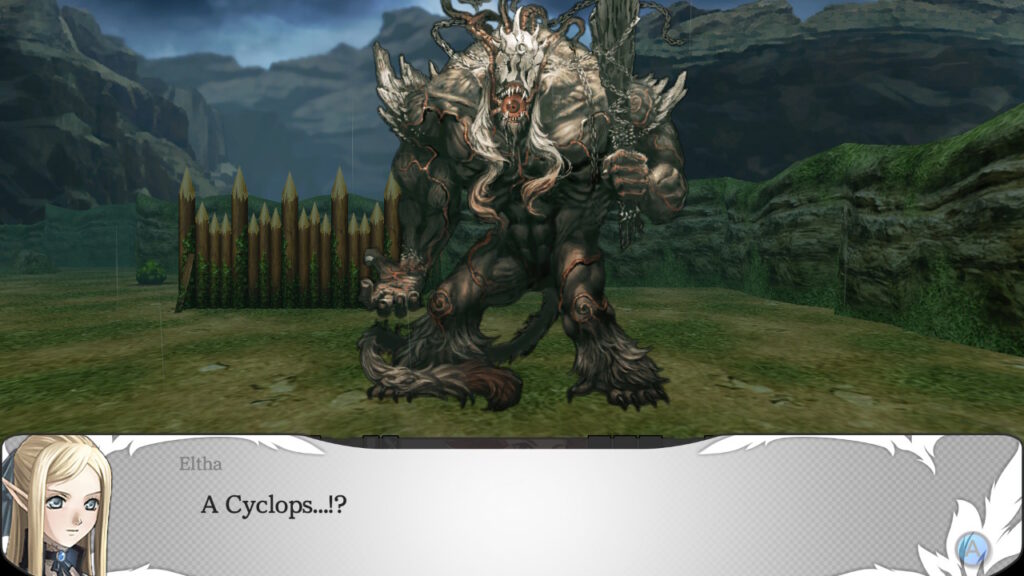
Like most games of this genre, combatants can be at the front or rear of the party, but if you have three or fewer characters, they’re all at the front, so be careful! Additionally, you can only choose formation at the start of a dungeon, so choose wisely, as if you’ve equipped your entire party with short range weaponry, they won’t be able to attack from the back. Fortunately, there’s one more system that really makes things interesting in Saviors of Sapphire Wings, the sub-class system. Once the bonds between characters are strong enough, they can be reincarnated to gain sub-classes. Wizards can gain fighter attributes, paladins can become healers and so forth. With a sub class, you retain your skills and quickly gain the skills of the sub-class you’ve chosen, allowing for some incredibly strong character combinations and attack modifications! This system really allows you to maximize your characters, trashing enemies left and right in dungeons. Additionally, button mapping is incredibly intuitive and well-designed on the Switch, allowing for simple and flowing transitions through fight scenes, menu management and more. Oh, and you can save anywhere. Even in dungeons. The system design is honestly without peer.
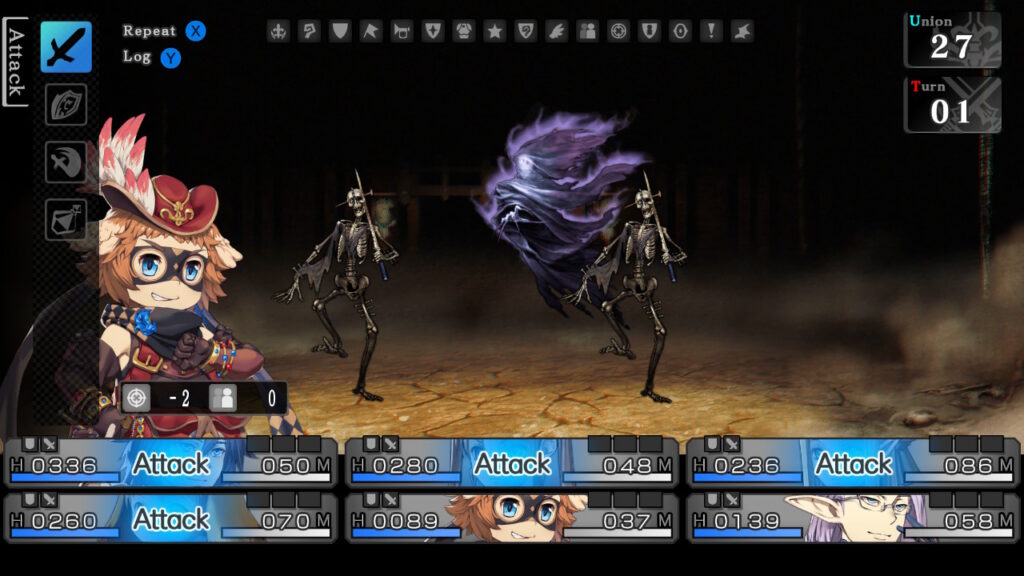
But Saviors of Sapphire Wings isn’t just about combat and an epic fantasy story. There’s a significant management aspect to the game as well. This could have been where things really faltered, but instead, Experience managed to put together one of the most appealing, fun character management systems ever. Upon returning to your fortress, you have the ability to invite your squires into your room for a sit down chat. Ignore that they all call you ‘Master’ even if it’s a bit creepy for a moment. Everyone has something to say to you and if you choose responses that match or exceed their expectations, their Soul Levels increase and you form stronger bonds with them, increasing your Union points in the dungeon areas of the game and learning new Union skills. But chatting isn’t the only way to raise Soul levels. In addition, you can check out their personal preferences and then prepare foods to their liking, sitting down for a meal with your squires one on one to increase your bonds further. Make the foods they love and you get to have some unique dinner conversation. In realistic fashion, you can only eat so much before you have to take a break but it’s a fun diversion that yields some entertaining dialogue!
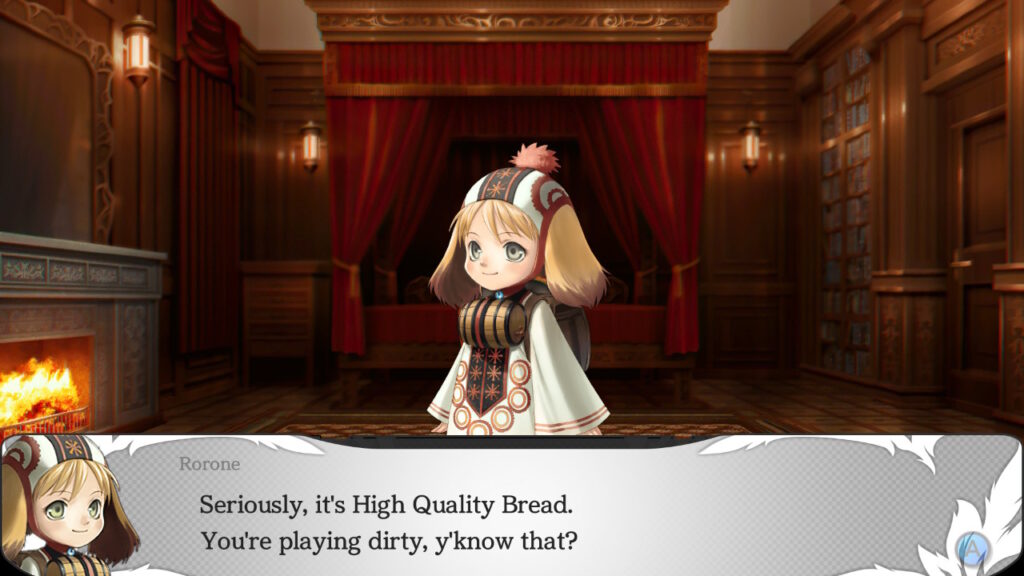
How do you get this food, you ask? Well, you find components in dungeons or buy them in stores, then bring them back to prepare in your alchemical furnace in the basement of the fortress. That’s right, there’s a cooking aspect to the game too, but unlike other titles, it doesn’t drag on with a requirement to hunt down recipes and depend on cooking skills. Instead you simply run raw ingredients through the furnace and make food, again streamlining the process so that it isn’t too tedious. You can also use the food to bait traps and attract stronger monsters or even use it as combat items for a variety of effects.
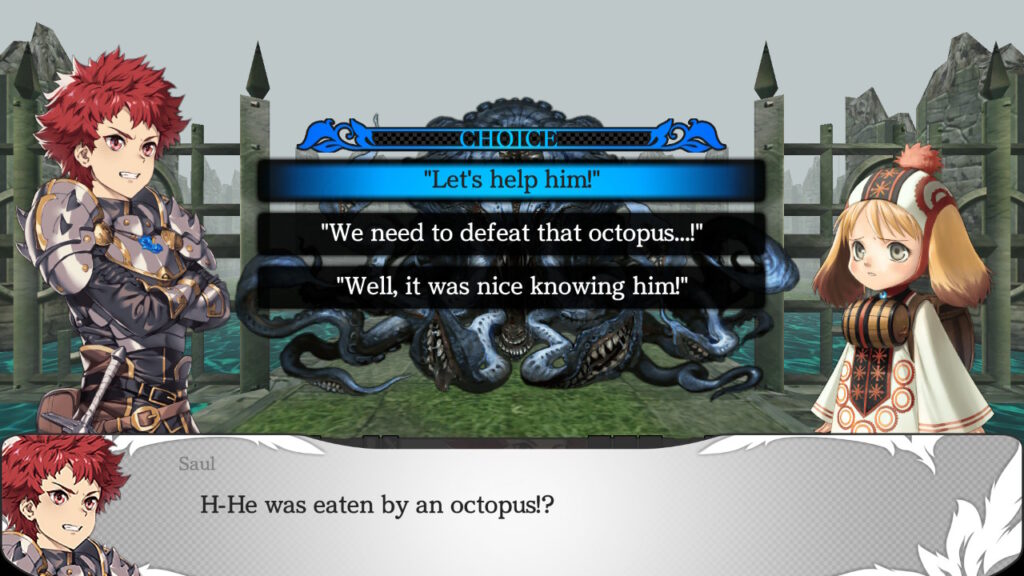
Between fulfilling missions, socializing and dungeon exploration, there’s a lot to do in Saviors of Sapphire Wings, but strangely, none of it feels like work and it’s all quite enjoyable! On top of all that, there are fortress-based challenges to accomplish as well that will help strengthen your party against the overlord and his minions when you finally confront him. These challenges are incredibly difficult and you definitely won’t be finishing them right away, but they add yet another layer of complexity to the game.
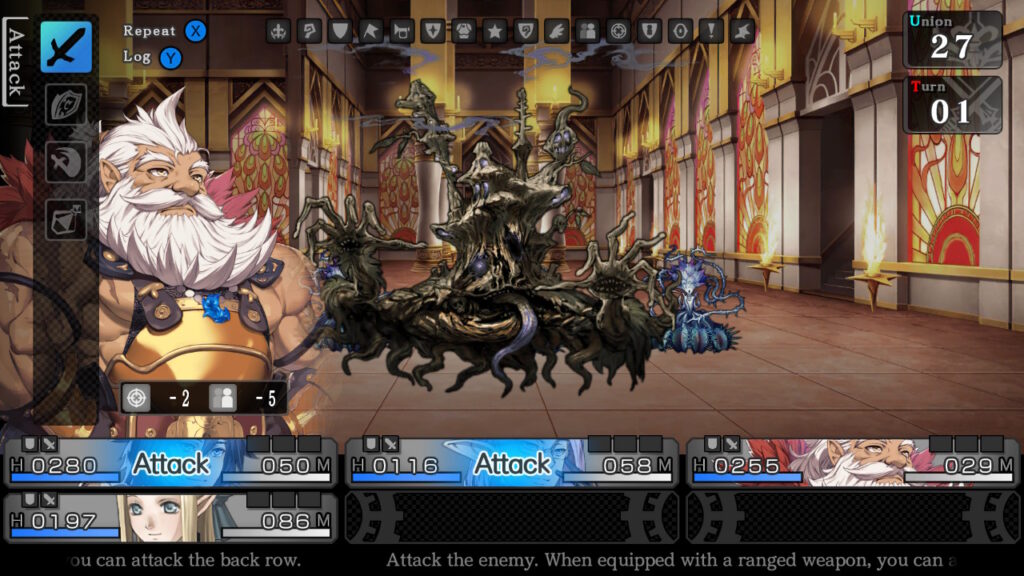
And what a gorgeous game it is! Saviors of Sapphire Wings has absolutely fantastic art, using painted character portraits and anime-style artwork in combination to generate some truly memorable imagery. This is one of the most refined looking 1st person dungeon games out there, with creative and disturbing demons and monsters, and a feel of classic fantasy modernized. The music combines well with the outstanding artwork, though some of the tracks do tend to get a bit repetitious after a while, depending on how long you spend in a given area. This is a long game too, and after a solid 12 hours, you won’t even have a full roster yet! Expect a 40+ hour experience here!
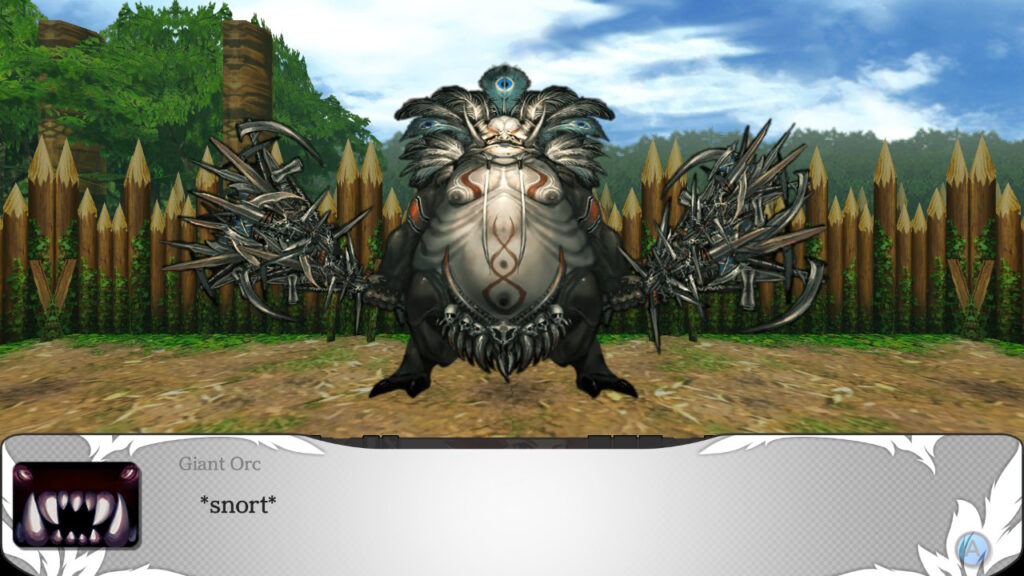
Now, with all that, you’d be getting a solid game at full price, but NIS has decided to give us a remaster of Stranger of Sword City in the form of Stranger of Sword City Revisited as well! Whew! Stranger is an entirely different game that shares a few aspects with Saviors of Sapphire Wings. While a later original Japanese release than Saviors (2014 for Stranger, 2010 for Saviors), Stranger of Sword City originally came to North America earlier and the refinement to the menus and other design elements are slightly more dated. The fast dungeon travel is still in evidence but it’s harder to use and there’s an ambush element called hiding in place of traps. Additionally, the plot line doesn’t flow as smoothly and the gameplay is a bit more unforgiving, even on Normal difficulty, making this more of a standard 1st person dungeon title in that sense at least.
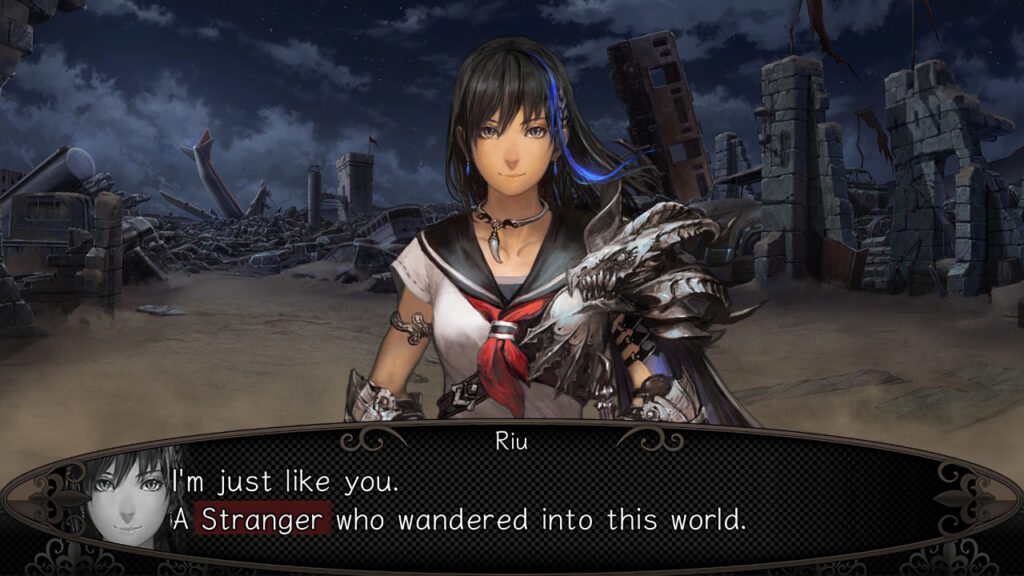
However, Stranger of Sword City is anything but standard overall. Since the game has been out in North America for quite some time, there’s no need to give a full review, but suffice it to say it’s a unique title that shares an outstanding art style with Saviors of Sapphire Wings, has creative character design, an interesting plot (though less well-formed than Saviors) and melds science fiction with fantasy in an excellent fusion of design. There are however a few changes from the original title that should be mentioned.
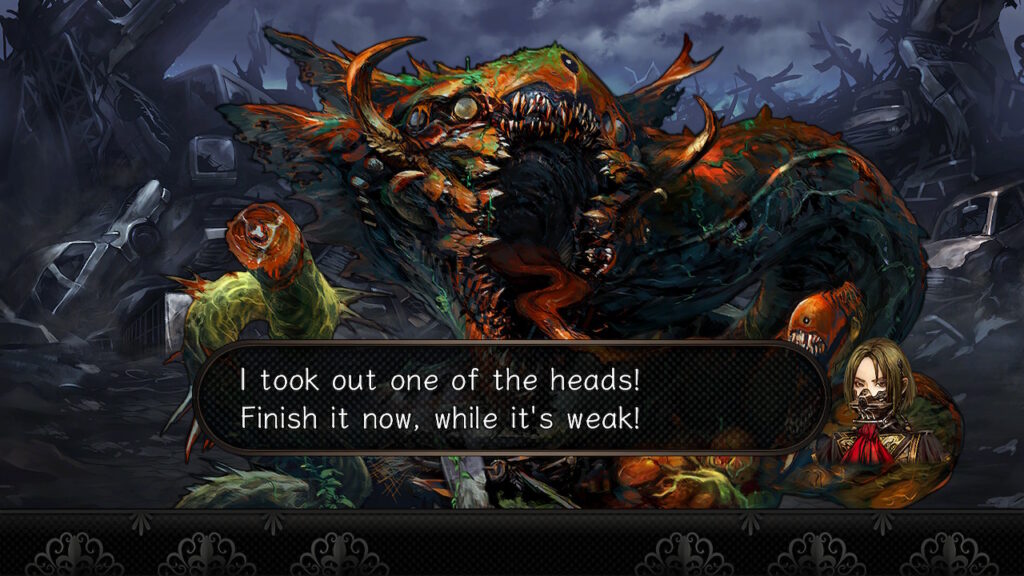
The original Stranger of Sword City had a fair number of character classes, but three new ones have been added, those of the Clocker, the Puppeteer, and the Freeman. There are three new dungeons to explore once you finally reach them (the original game is over 50 hours), and a Guard Counter skill has been added to combat. Slaying Lineage types to get blood crystals was challenging enough before, but if you’re an absolute glutton for punishment, you can try to beat them while you’re low level with the new slaying challenges, allowing you to gain extra rewards. There are new puzzles, new monsters, and new traps in the dungeons too, so the game won’t feel entirely the same if you’ve played it before. And on top of all that, the artwork has been cleaned up and refined, offering an even better looking experience than the original game. These substantial changes are all skillfully implemented and the core gameplay remains intact, an impressive feat, as Stranger of Sword City was already a solid dungeon RPG to begin with. While not as straightforward as Saviors of Sapphire Wings, Stranger of Sword City is an exciting and complex game in and of itself. Both games play extremely well in both docked and undocked modes on the Switch too, with text sizing, small screen considerations, and other factors well-implemented.
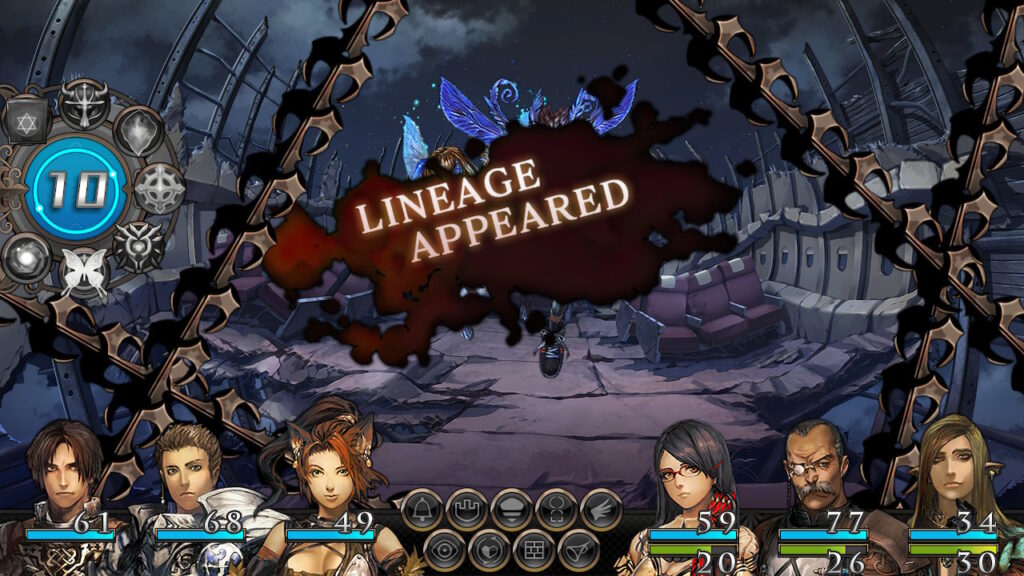
Suffice it to say there’s a lot to love in Saviors of Sapphire Wings / Stranger of Sword City Revisited. Two games, over 100 hours of gameplay, spectacular art and design, two incredible stories, a host of characters and creatures, all in one outstanding package. Oh, and if you drop to the main menu of either game (which is easy to do), you can switch between games almost seamlessly with a short load time. Every aspect has been considered to maximize the gameplay experience here and the polish absolutely gleams. Saviors of Sapphire Wings in particular sets a new standard for 1st person dungeon RPGs that other titles will have to live up to, and the accompanying Stranger of Sword City Revisited with its host of quality-of-life upgrades and add-ons is the perfect complement. This is one of the best RPG packages ever released for the Switch, and a truly great addition to the NIS library, especially for only $50. Do not hesitate here. Seriously. Saviors of Sapphire Wings / Stranger of Sword City Revisited is an absolute must-buy title for every single RPG fan out there, and is simply not to be missed. This is a game unmatched in its genre and a rare treat for gamers everywhere.
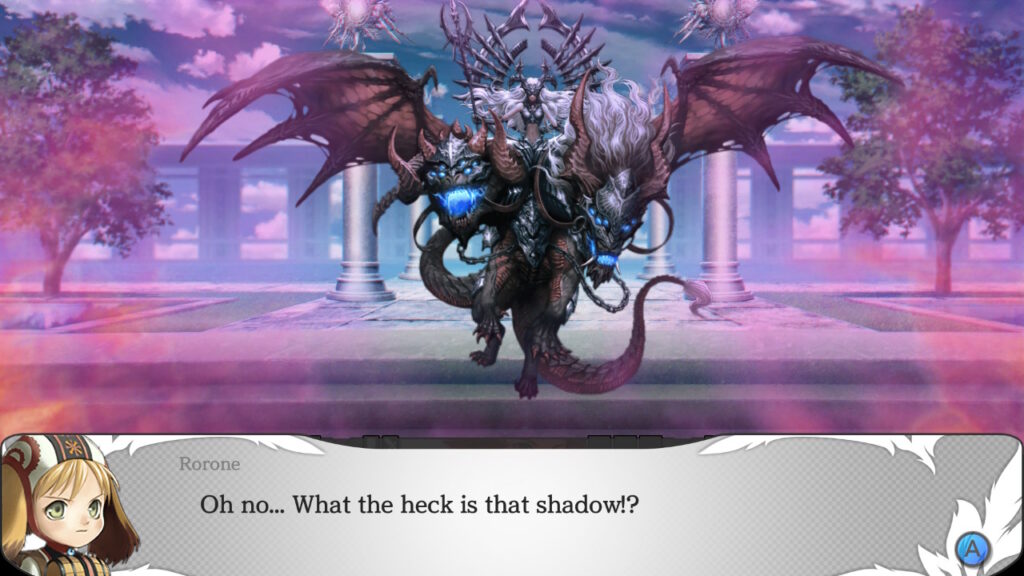
This review is based on a digital copy of Saviors of Sapphire Wings / Stranger of Sword City Revisited provided by the publisher. It was played on a Nintendo Switch in both docked and undocked modes and was absolutely, mind-numbingly outstanding on both! Saviors of Sapphire Wings / Stranger of Sword City Revisited is also available on PC for Steam.

